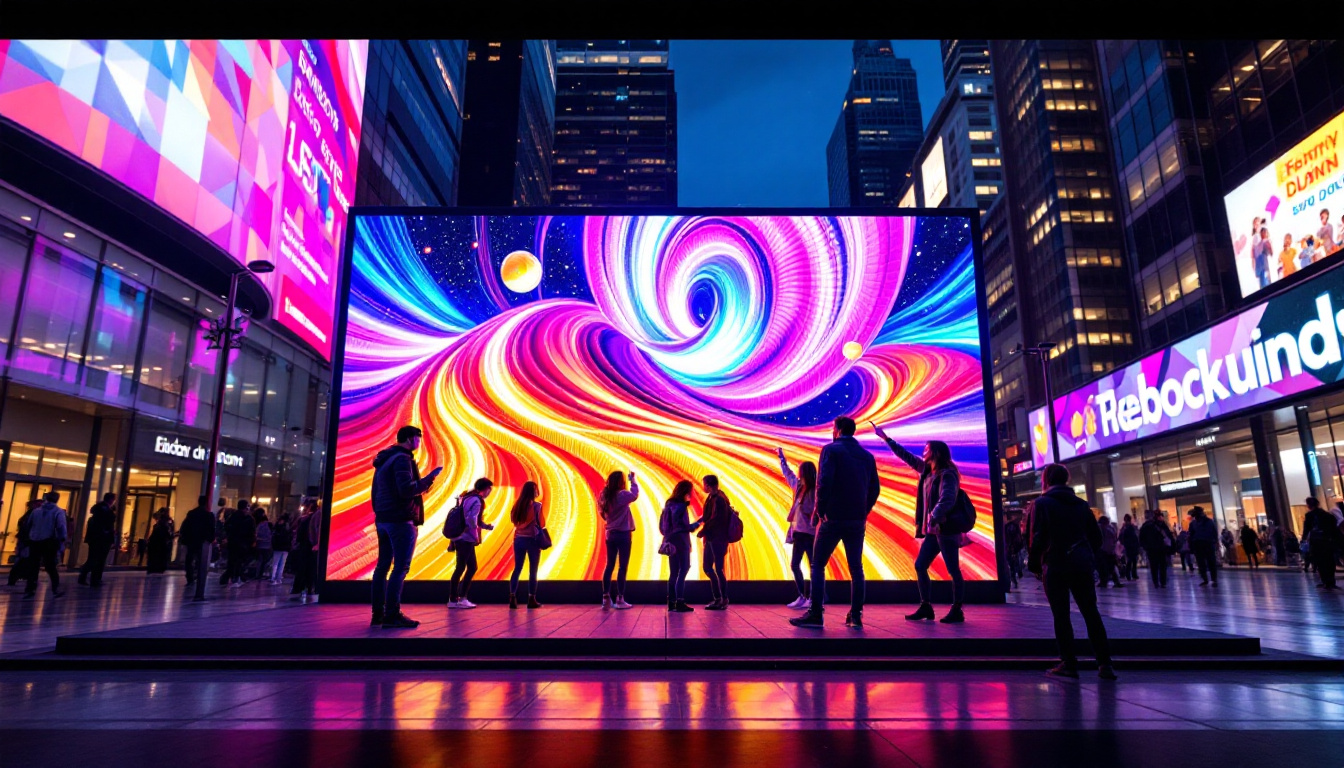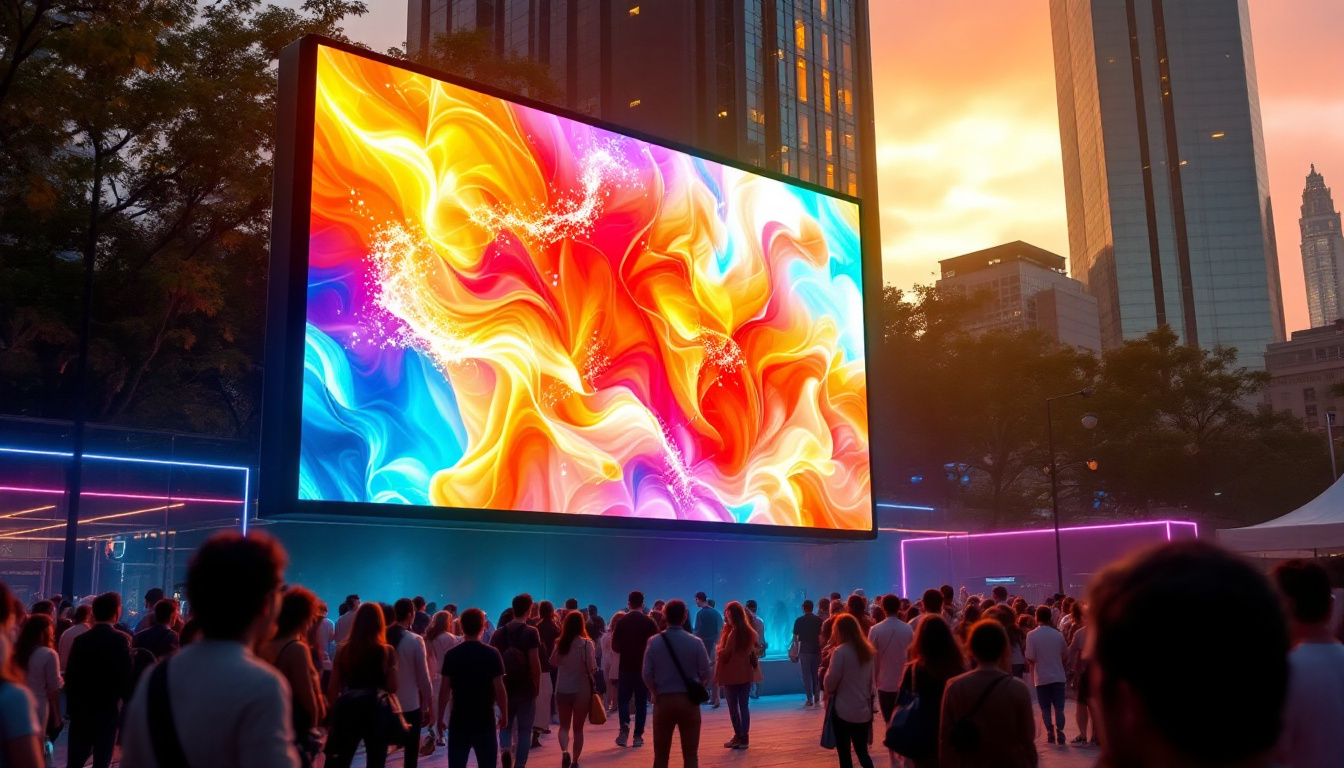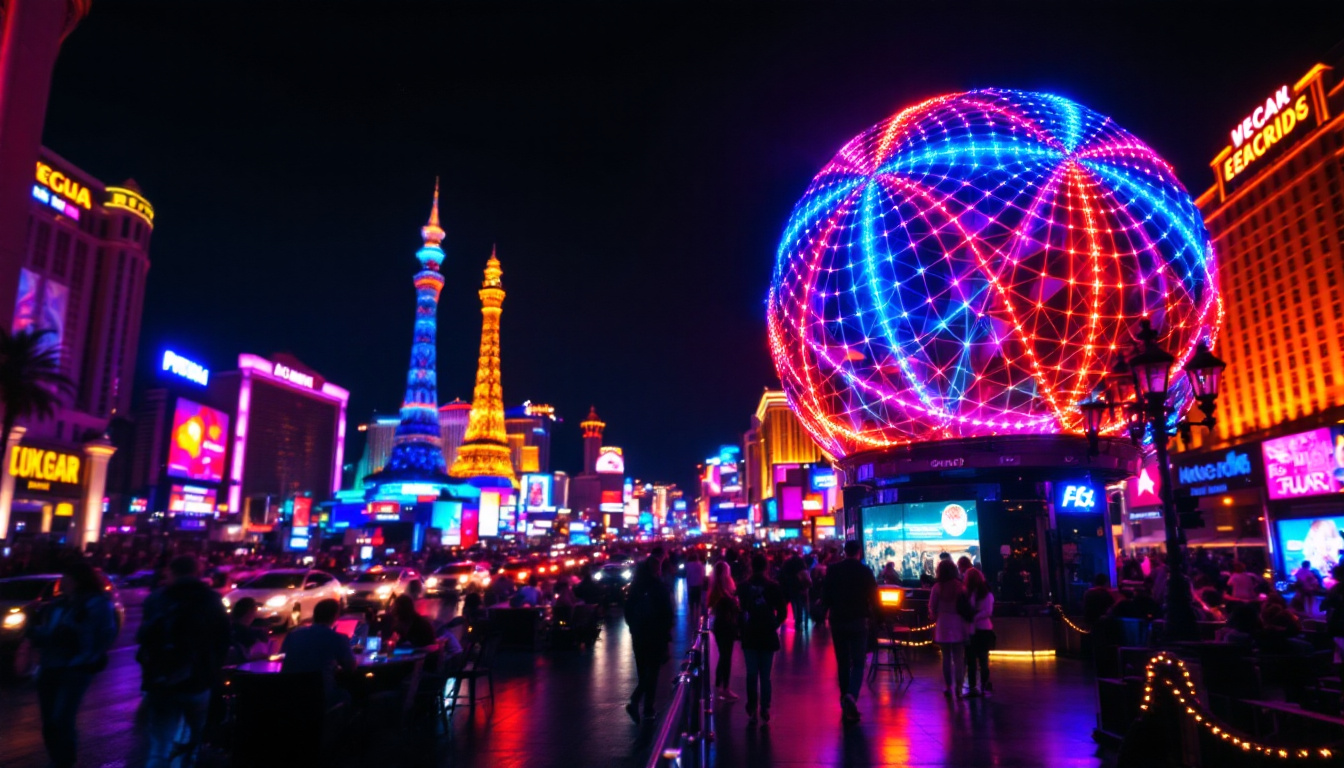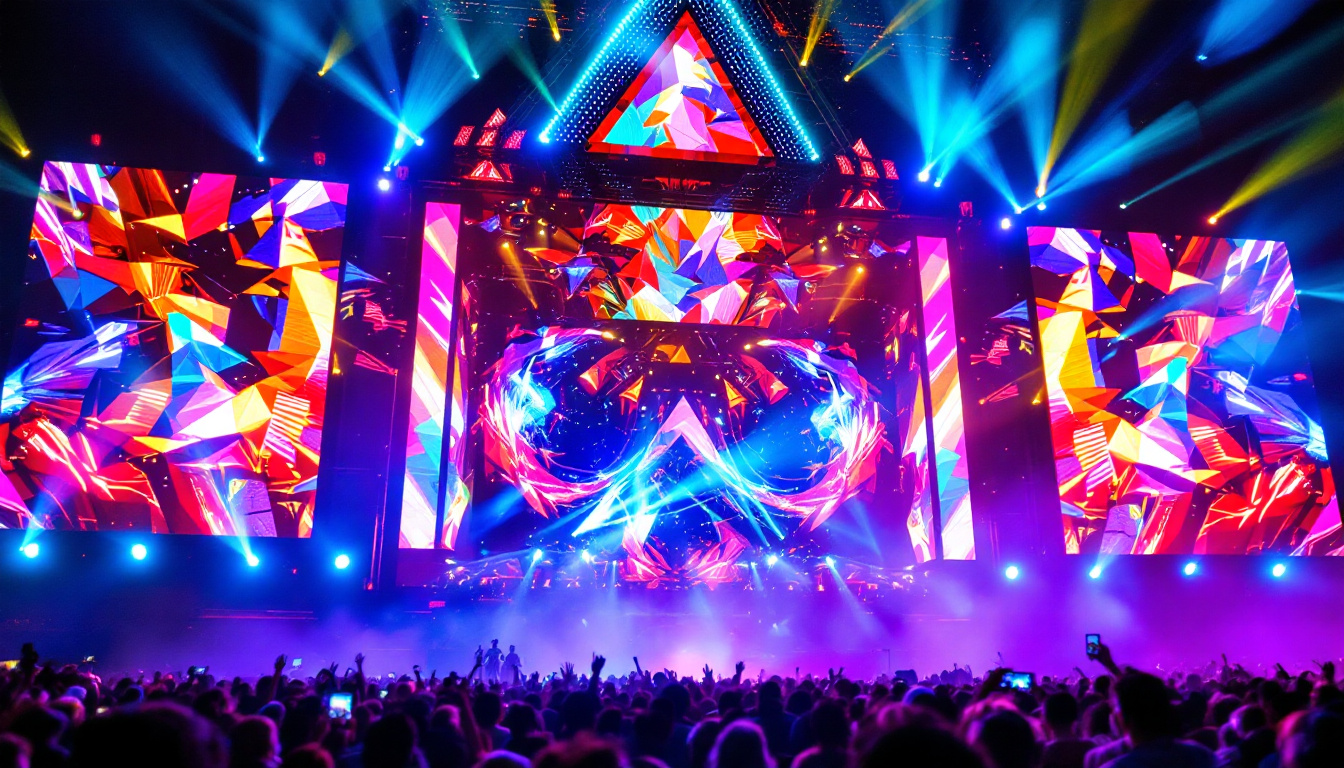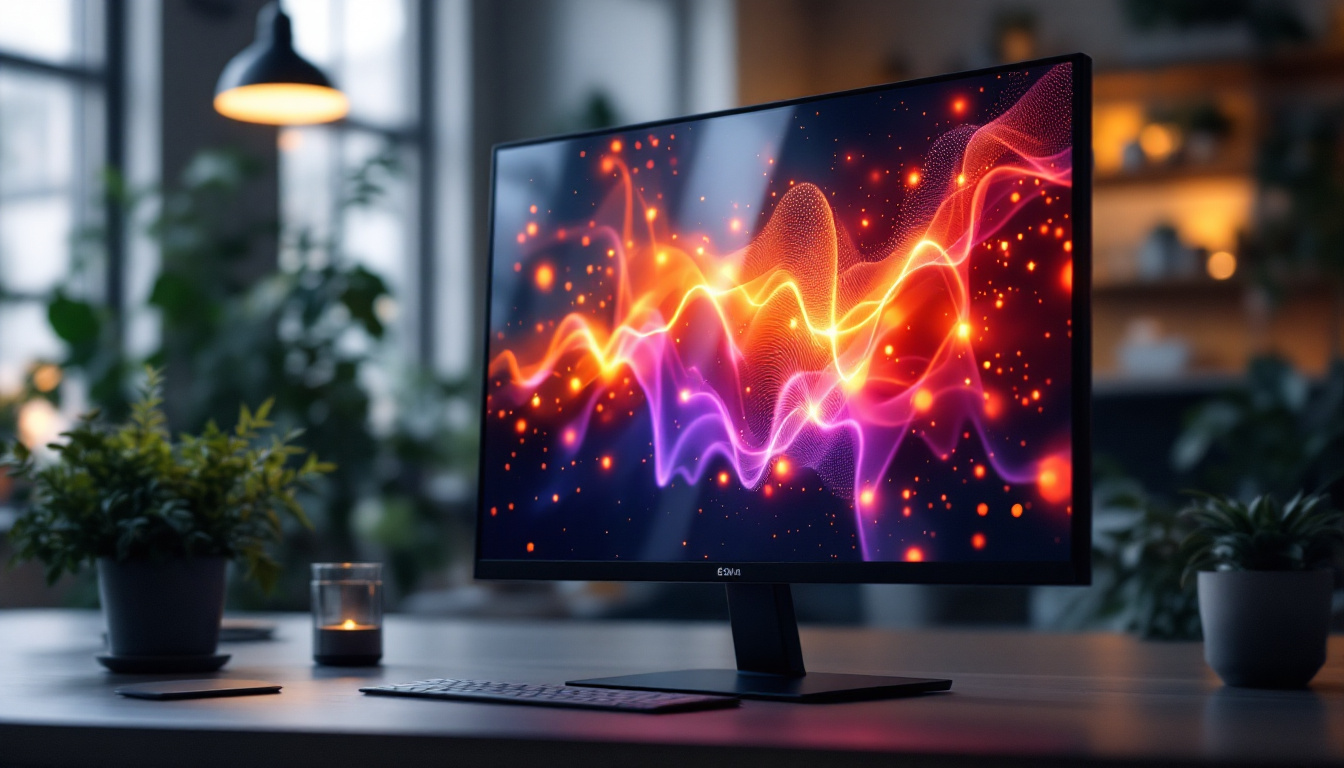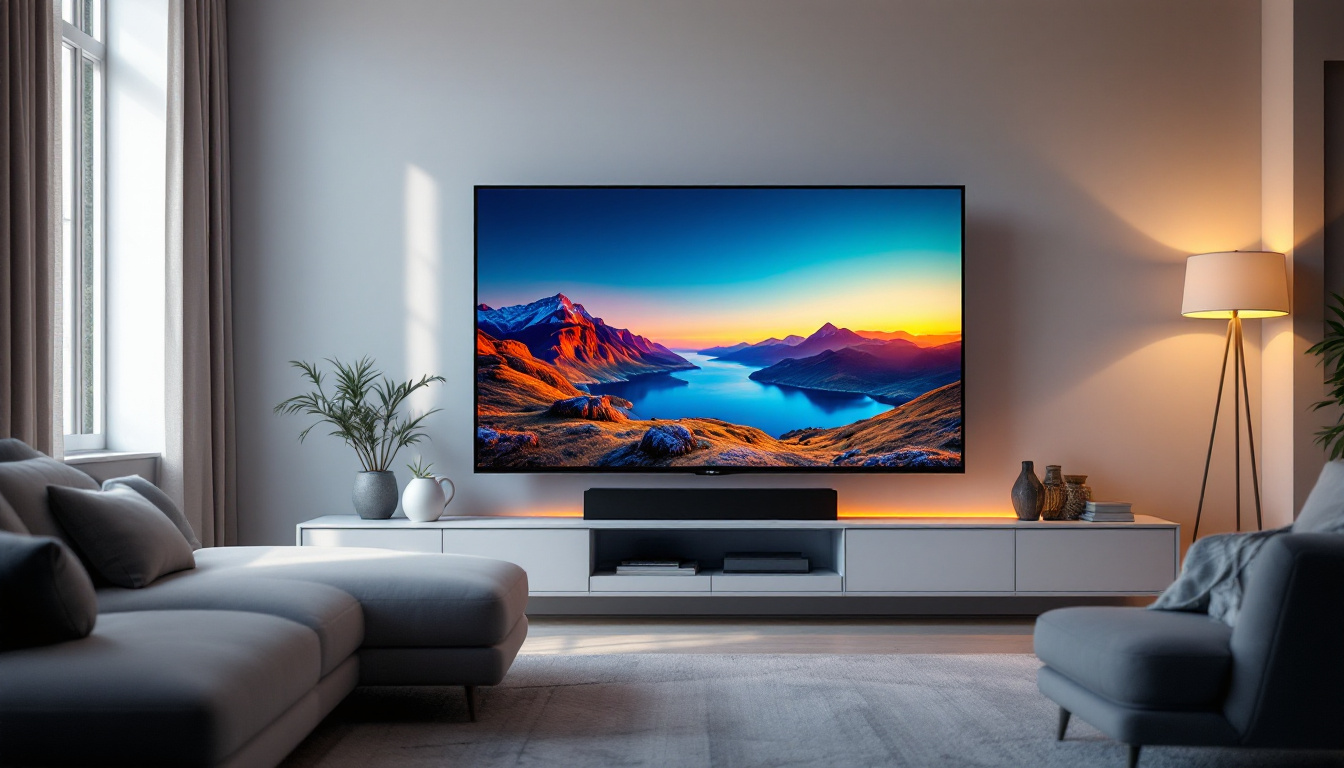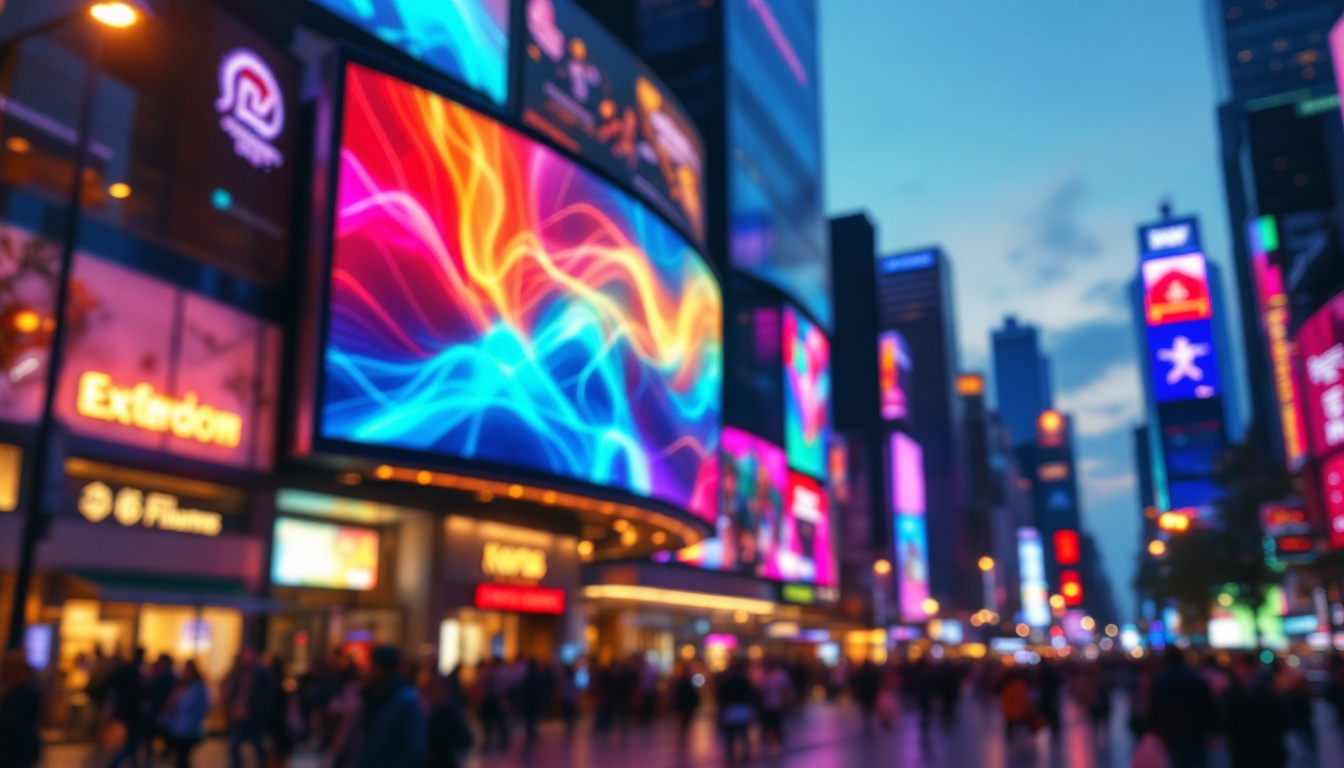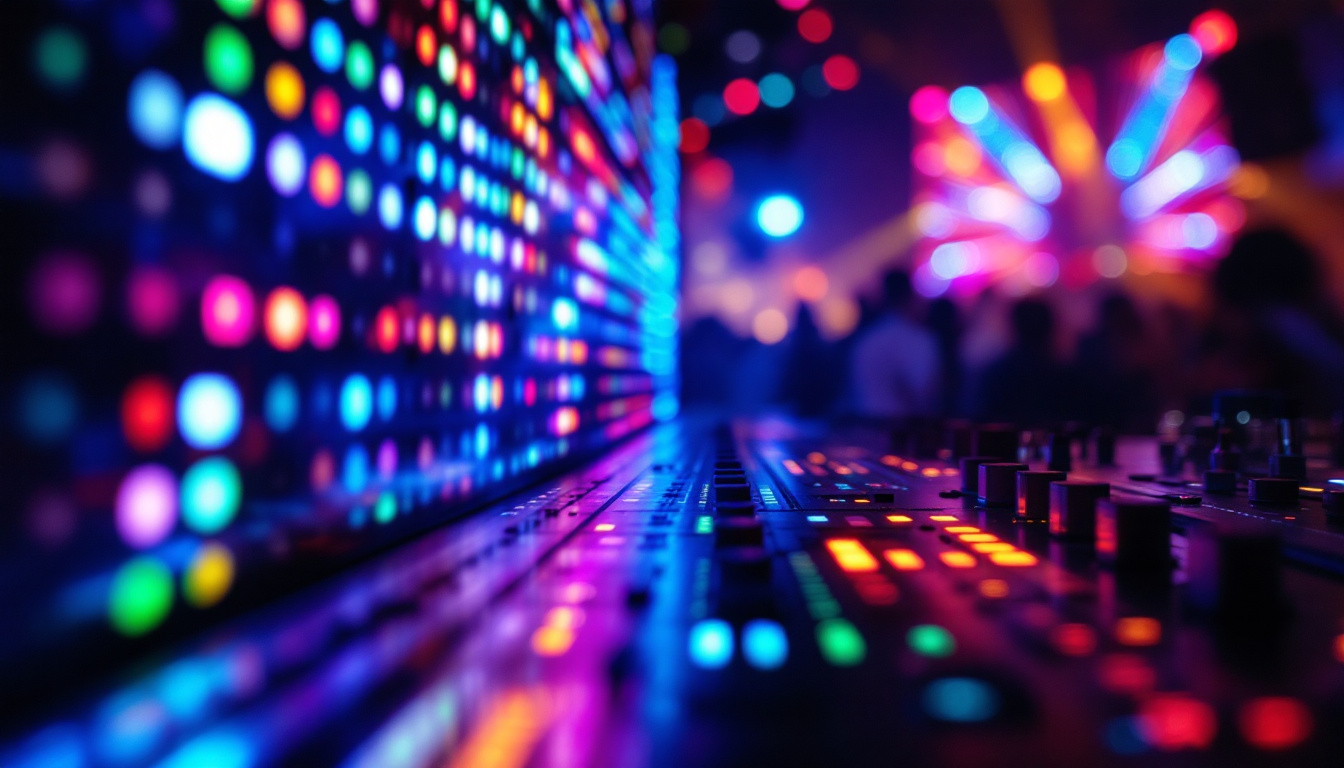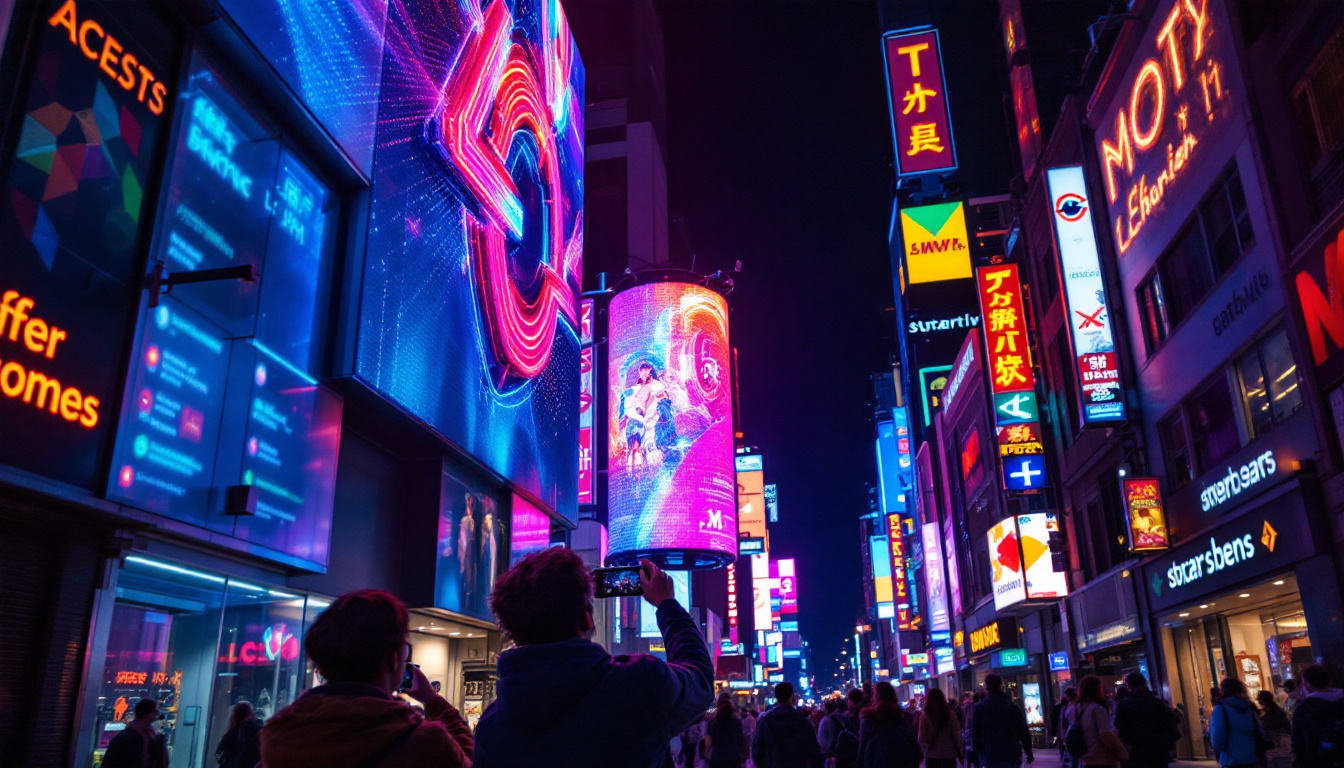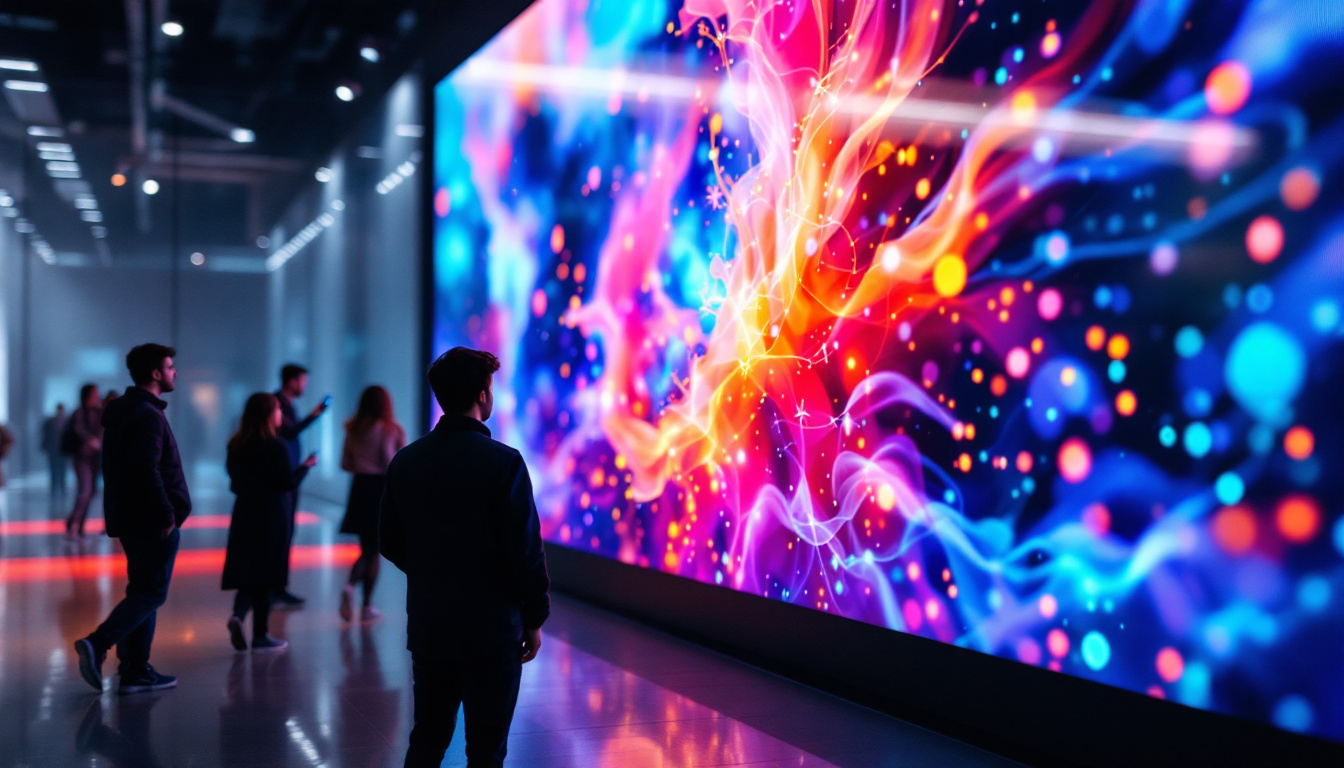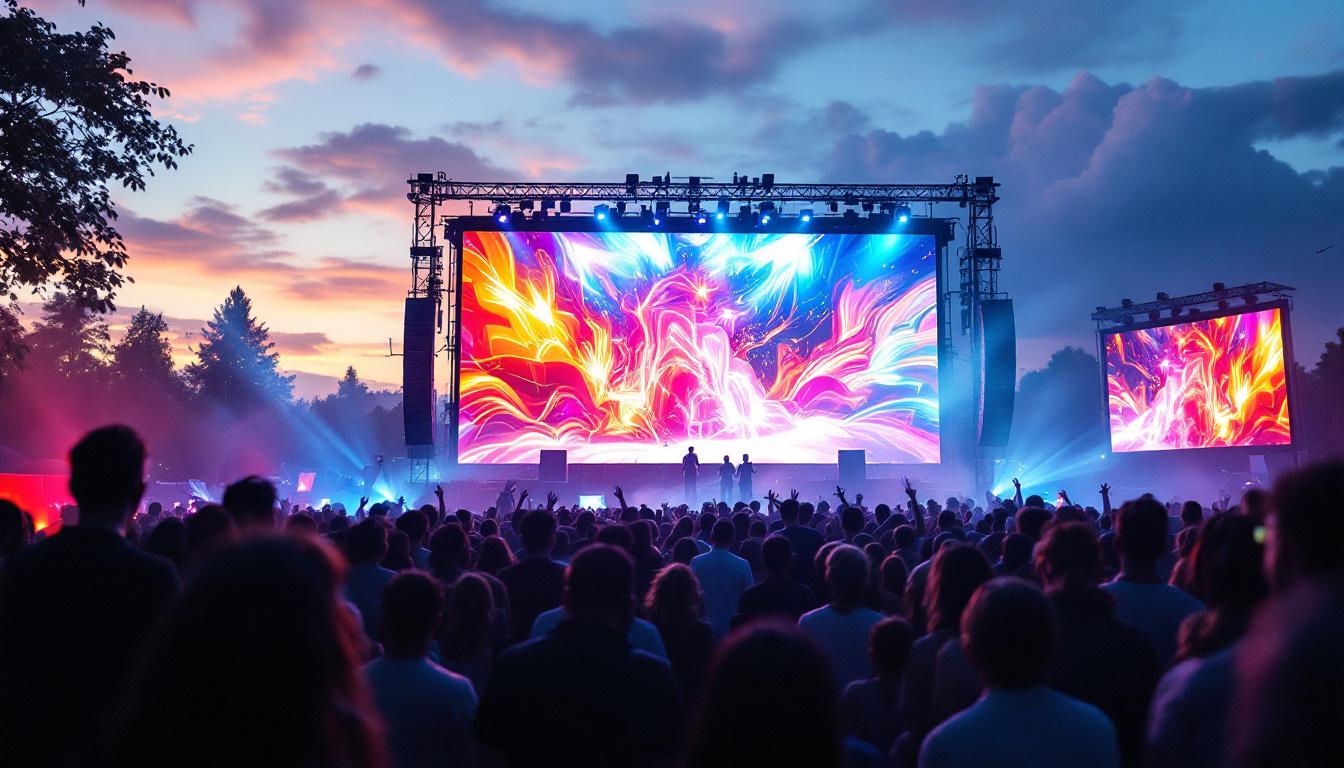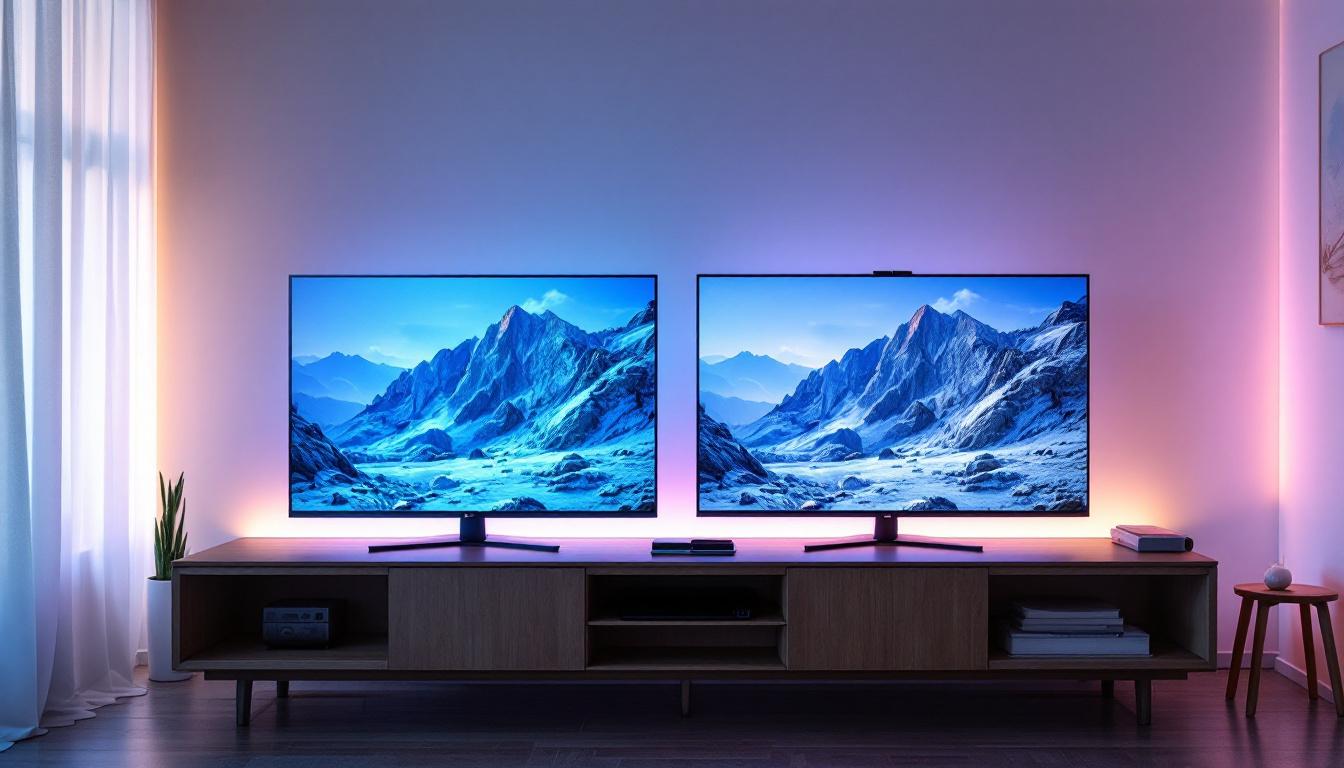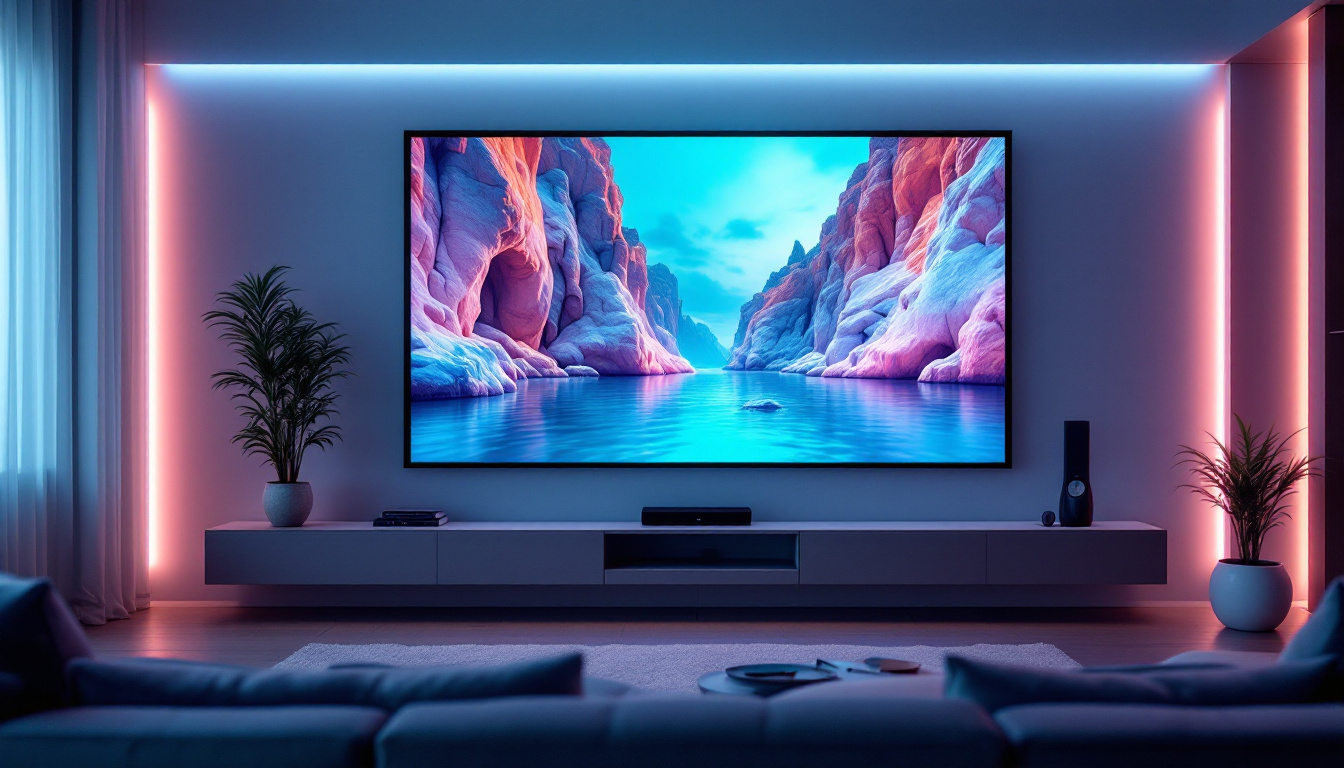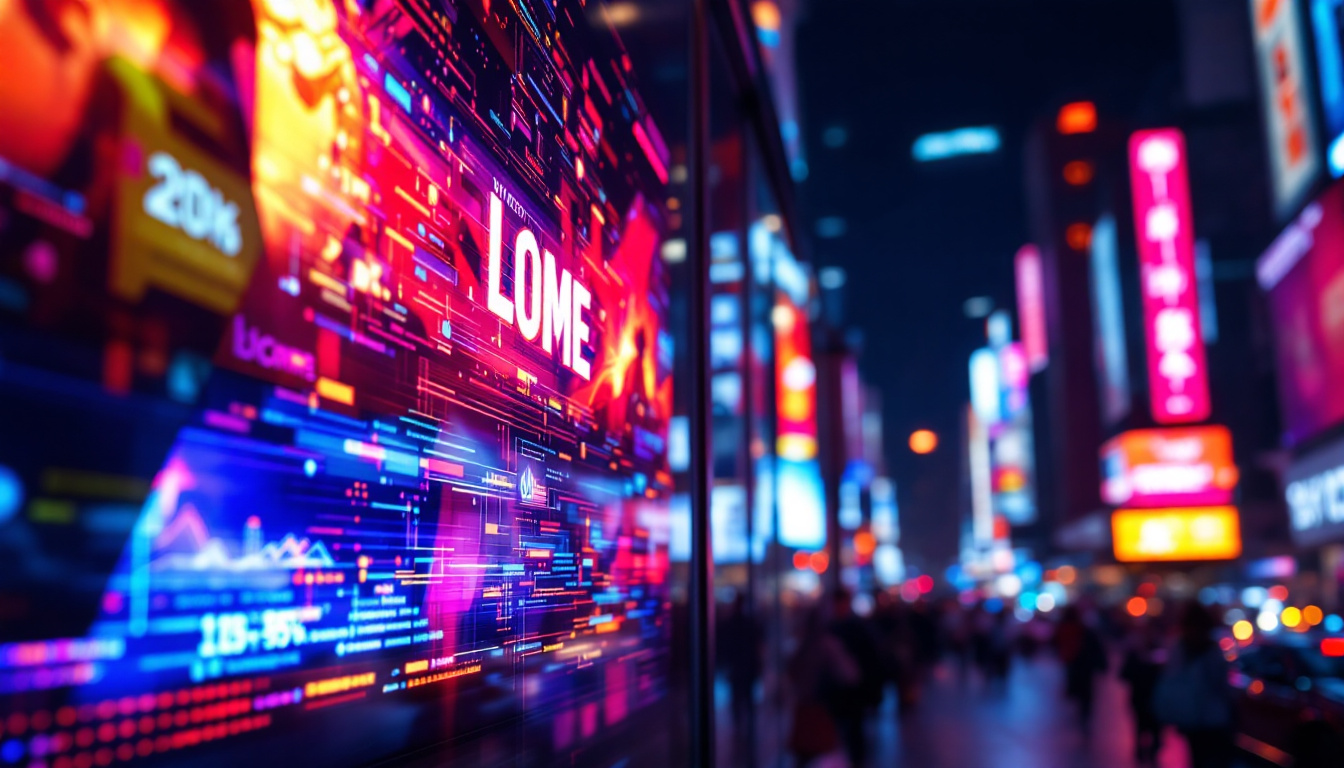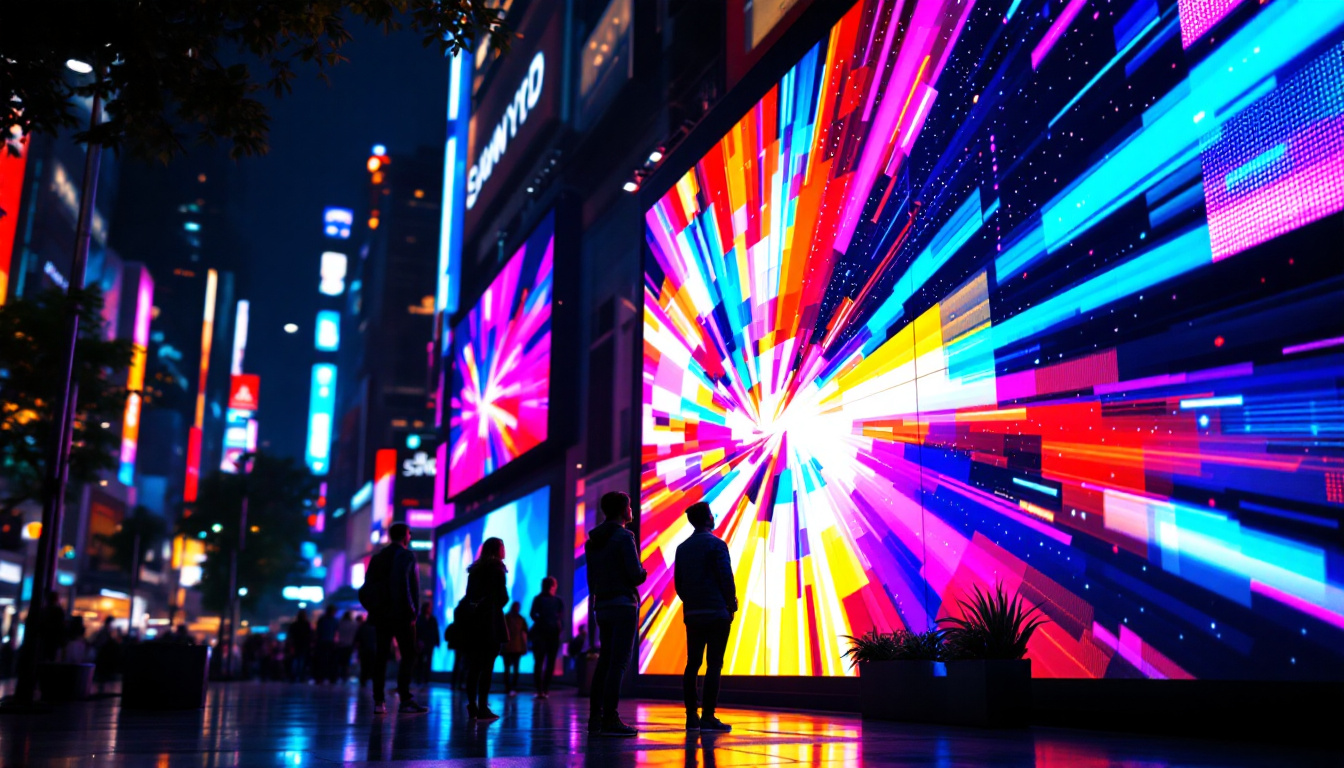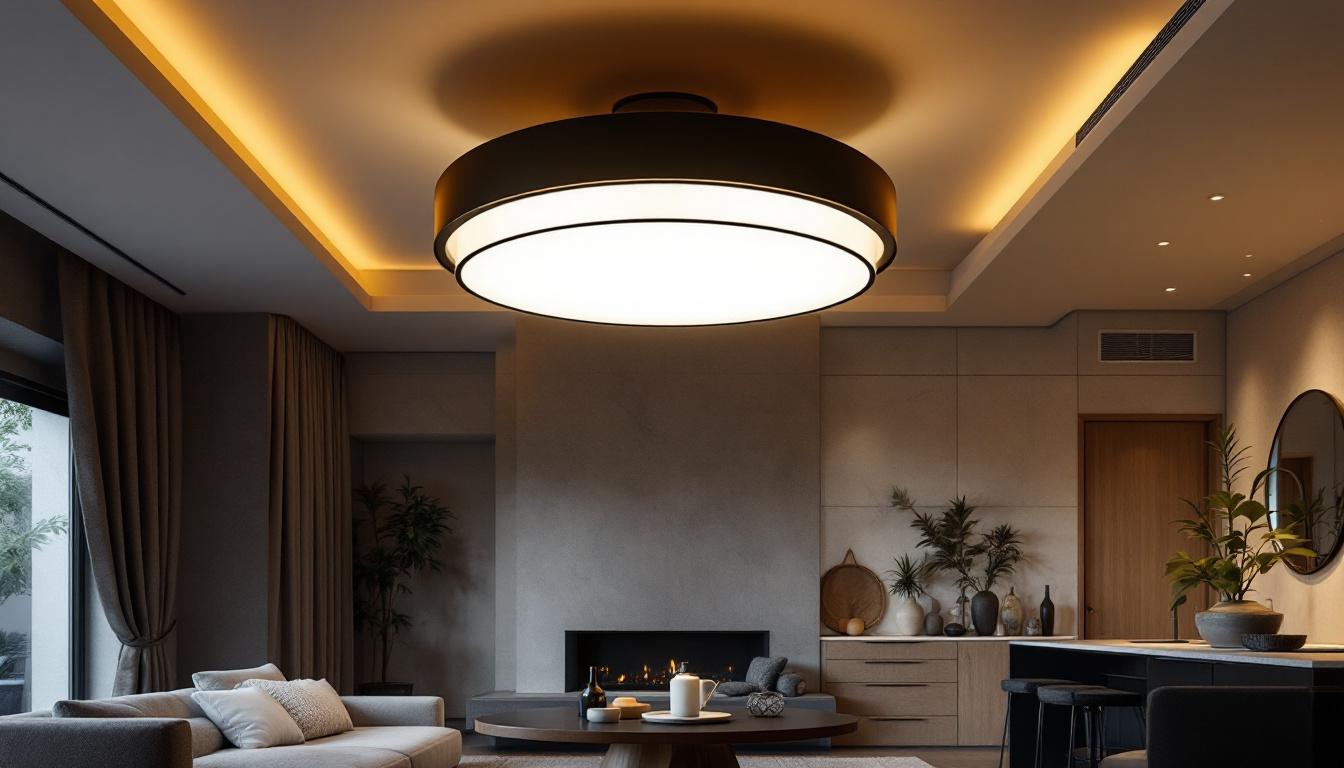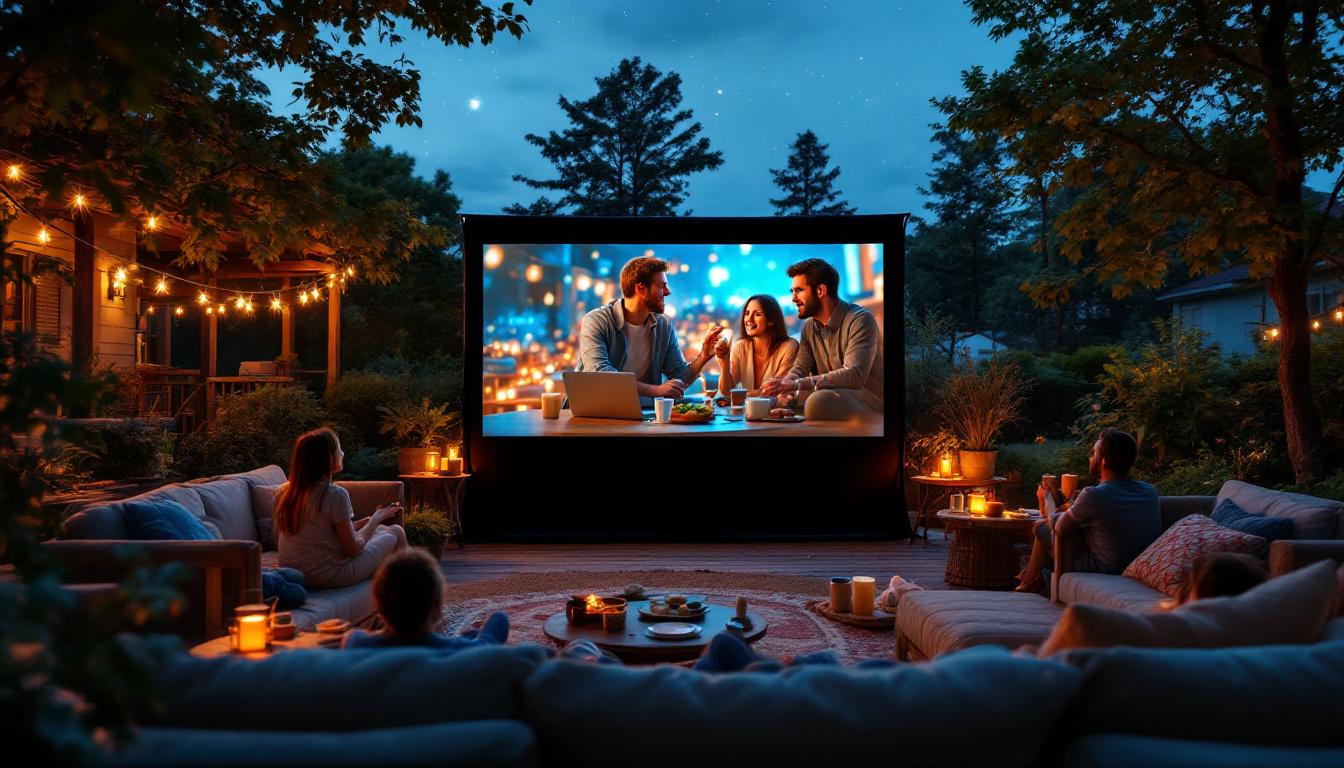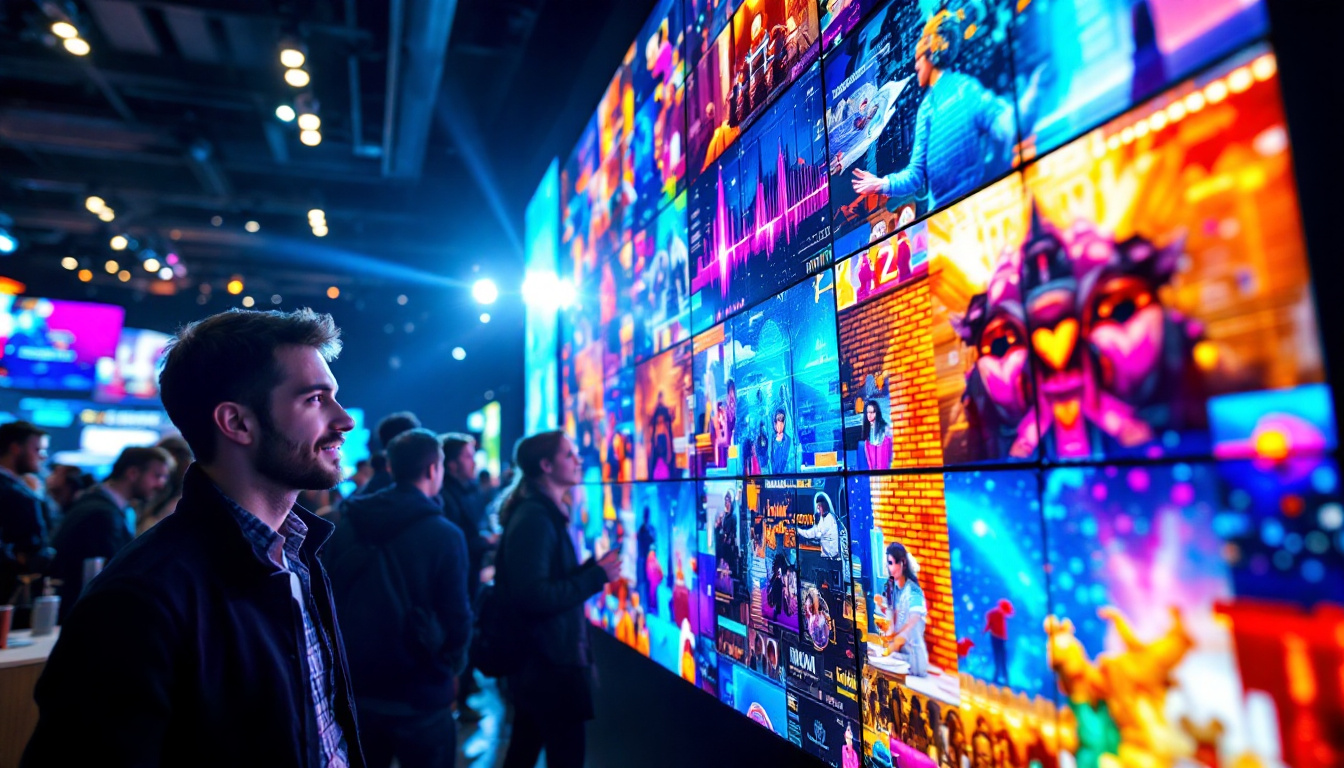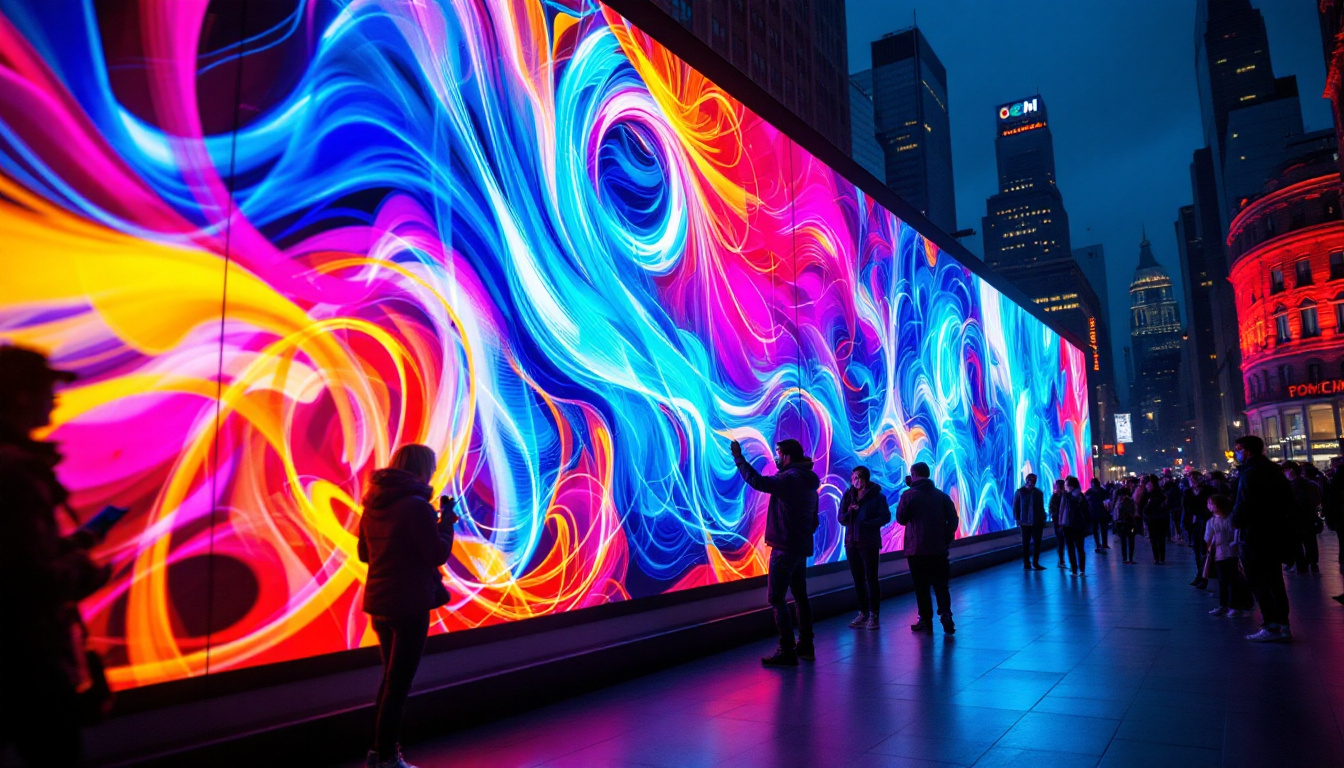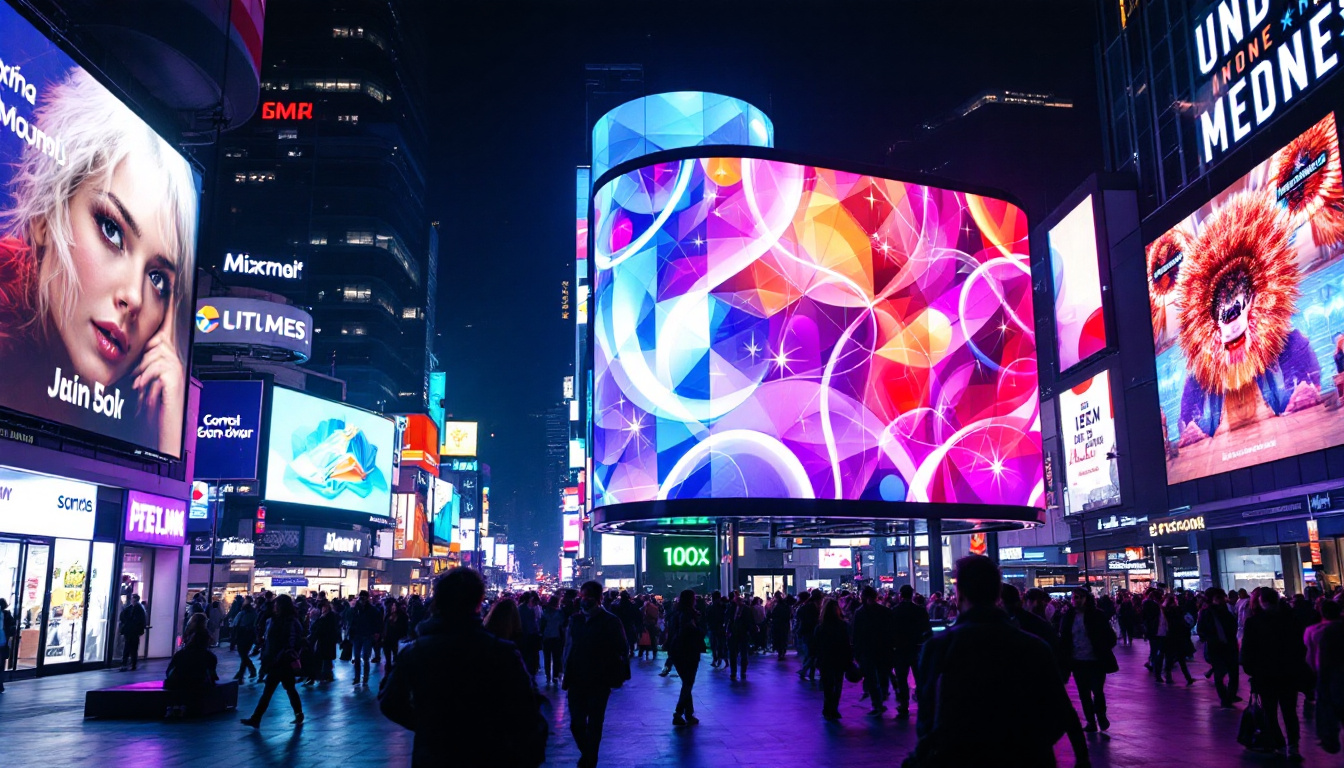In today’s fast-paced digital world, the demand for high-quality visual displays is at an all-time high. One of the most popular options available is the LED display, known for its vibrant colors, energy efficiency, and versatility. This article delves into the intricacies of LED displays, their advantages, applications, and considerations for purchase.
Understanding LED Technology
LED, or Light Emitting Diode, technology has revolutionized the way we perceive visual content. Unlike traditional displays that rely on backlighting, LED displays utilize an array of tiny diodes that emit light when an electric current passes through them. This fundamental difference allows for brighter images, deeper blacks, and a wider color spectrum. The efficiency of LED technology also contributes to lower energy consumption, making it an environmentally friendly choice for both consumers and businesses.
How LED Displays Work
At the core of an LED display is a matrix of pixels, each consisting of red, green, and blue (RGB) diodes. By adjusting the intensity of each color, a wide range of colors can be produced. This pixel-level control enables stunning visuals that are particularly effective in outdoor settings where sunlight can wash out other types of displays. Furthermore, the rapid response time of LEDs ensures that moving images are displayed with remarkable clarity, reducing motion blur and enhancing the viewing experience, especially in fast-paced environments like sports events or gaming.
Types of LED Displays
There are several types of LED displays, each designed for specific applications. The most common types include:
- Direct View LED: Often used for large outdoor billboards, these displays are made up of individual LED modules that are assembled to create a larger screen. Their modular design allows for easy repairs and upgrades, making them a popular choice for advertisers looking to capture attention in high-traffic areas.
- LED Backlit LCD: This type combines traditional LCD technology with LED backlighting, enhancing the color and contrast of the display. By using local dimming techniques, these displays can achieve deeper blacks and brighter whites, providing an improved viewing experience for movies and video content.
- Organic LED (OLED): Utilizing organic compounds, OLED displays offer superior color accuracy and flexibility, making them ideal for high-end televisions and mobile devices. The ability to create ultra-thin screens that can bend or curve opens up new possibilities for innovative design and immersive viewing experiences.
Additionally, advancements in LED technology have led to the development of MicroLED displays, which promise even greater resolution and color fidelity. MicroLED utilizes microscopic LEDs to form individual pixels, resulting in displays that can achieve remarkable brightness and energy efficiency. This technology is still emerging but holds the potential to redefine the future of visual displays, particularly in applications requiring high precision and detail, such as virtual reality and augmented reality environments. As the technology continues to evolve, we can expect to see even more innovative uses of LED in various fields, from automotive lighting to architectural installations.
Advantages of LED Displays
Choosing an LED display comes with a host of advantages that make them a preferred choice for businesses and consumers alike. Understanding these benefits can help in making an informed purchasing decision.
Energy Efficiency
One of the standout features of LED displays is their energy efficiency. Compared to traditional display technologies, LEDs consume significantly less power, which can lead to substantial savings on electricity bills over time. This efficiency not only benefits the environment but also reduces operational costs for businesses. In fact, many companies have reported a decrease in energy consumption by up to 80% after switching to LED technology. This reduction in energy use contributes to a smaller carbon footprint, making LED displays an eco-friendly option that aligns with sustainability goals.
Longevity and Durability
LED displays are renowned for their longevity. With a lifespan that can exceed 100,000 hours, they are built to withstand the rigors of daily use. Furthermore, they are resistant to shock and vibration, making them suitable for various environments, from bustling city streets to indoor venues. This durability means that businesses can invest in LED displays with confidence, knowing they won’t need frequent replacements. Additionally, many LED displays are designed to operate in extreme temperatures, allowing them to function effectively in both hot and cold climates, which is especially beneficial for outdoor installations.
High Brightness and Contrast
LED displays are capable of producing high brightness levels, ensuring visibility even in direct sunlight. This feature is particularly advantageous for outdoor advertising and public displays. Additionally, the contrast ratio of LED displays is superior, providing deeper blacks and more vibrant colors, which enhances the overall viewing experience. The technology behind LED displays allows for precise control over color and brightness, enabling them to deliver stunning visuals that capture attention. This capability is not just limited to advertising; it also enhances presentations in conference rooms and educational settings, where clarity and engagement are paramount.
Versatility and Customization
Another significant advantage of LED displays is their versatility and customization options. They can be configured in various shapes and sizes, allowing businesses to create unique installations that fit their specific needs. Whether it’s a massive video wall for an event or a sleek digital sign for a storefront, LED technology can adapt to any requirement. Furthermore, advancements in LED technology have led to the development of flexible displays that can be curved or shaped, opening up new possibilities for creative design. This level of customization not only enhances aesthetic appeal but also allows for dynamic content that can be easily updated, ensuring that the display remains relevant and engaging over time.
Applications of LED Displays
The versatility of LED displays allows them to be utilized in a wide range of applications. From advertising to entertainment, their impact is felt across various industries.
Advertising and Marketing
In the realm of advertising, LED displays have become a staple for businesses looking to capture attention. Their ability to display dynamic content, including videos and animations, allows advertisers to engage audiences effectively. High-traffic areas, such as shopping malls and city centers, are prime locations for these eye-catching displays.
Events and Entertainment
LED displays are also prevalent in the events and entertainment industry. Concerts, sporting events, and exhibitions often utilize large LED screens to enhance the audience’s experience. The ability to display live feeds, graphics, and promotional content in real-time adds an interactive element that captivates attendees.
Transportation and Public Information
In transportation hubs, LED displays serve a critical role in providing real-time information to passengers. Train stations, airports, and bus terminals utilize these displays to convey arrival and departure times, delays, and other essential updates. Their clarity and visibility ensure that travelers stay informed and can make timely decisions.
Considerations When Buying LED Displays
When considering the purchase of an LED display, several factors must be taken into account to ensure the right choice is made for specific needs.
Resolution and Pixel Pitch
Resolution is a critical factor in the quality of an LED display. Higher resolution means more pixels, leading to sharper images and finer details. Pixel pitch, the distance between the centers of two adjacent pixels, also plays a significant role. A smaller pixel pitch results in higher resolution, making it ideal for close viewing distances, such as in retail environments or indoor settings.
Brightness Levels
Brightness is measured in nits, and the required brightness level depends on the display’s intended use. Outdoor displays typically need higher brightness levels to combat sunlight, while indoor displays may require less. Understanding the environment in which the display will be used is essential for selecting the appropriate brightness level.
Installation and Maintenance
Installation can vary significantly based on the type of LED display. Some displays are designed for easy installation, while others may require professional setup. Additionally, consider the maintenance needs of the display. Regular cleaning and occasional repairs may be necessary to keep the display functioning optimally.
Cost Factors of LED Displays
The cost of LED displays can vary widely based on several factors, including size, resolution, and technology. Understanding these factors can help buyers budget effectively and make informed decisions.
Initial Investment vs. Long-Term Savings
While the initial investment in LED technology may be higher than traditional displays, the long-term savings can be substantial. Energy efficiency, low maintenance costs, and longevity contribute to a lower total cost of ownership over time. Businesses should weigh these factors against their budget constraints when considering a purchase.
Customization Options
Many manufacturers offer customization options for LED displays, allowing buyers to tailor the display to their specific needs. This can include size, shape, and functionality. Customization can impact the overall cost, so it’s essential to determine what features are necessary for the intended application.
Future Trends in LED Display Technology
The LED display market is continuously evolving, with new technologies and trends emerging that promise to enhance performance and user experience.
Advancements in MicroLED Technology
MicroLED technology is one of the most exciting developments in the LED display industry. This technology utilizes microscopic LEDs to create displays that offer superior brightness, contrast, and color accuracy. MicroLED displays are expected to become more prevalent in consumer electronics, such as televisions and smartphones, as the technology matures.
Integration with Smart Technologies
As smart technology becomes increasingly integrated into everyday life, LED displays are also adapting. The incorporation of IoT (Internet of Things) capabilities allows for remote monitoring and control of displays, enabling businesses to update content in real-time and gather valuable data on viewer engagement.
Sustainability Initiatives
With growing concerns over environmental impact, manufacturers are focusing on sustainable practices in the production of LED displays. This includes the use of recyclable materials and energy-efficient manufacturing processes. As consumers become more eco-conscious, the demand for sustainable products is likely to increase, influencing future trends in the industry.
Conclusion
LED displays have transformed the landscape of visual communication, offering unparalleled brightness, energy efficiency, and versatility. As technology continues to advance, these displays are becoming an integral part of advertising, entertainment, and information dissemination. Understanding the various aspects of LED displays, from their workings to their applications and future trends, is essential for making informed purchasing decisions.
Whether for business or personal use, investing in an LED display can provide significant benefits, making it a worthwhile consideration in today’s digital age. As the market evolves, staying informed about new developments will ensure that buyers can take full advantage of the latest innovations in LED technology.
Discover LumenMatrix’s Innovative LED Display Solutions
Ready to elevate your visual communication with the latest in LED technology? LumenMatrix offers a comprehensive range of LED display solutions tailored to meet your needs. From vibrant Indoor and Outdoor LED Wall Displays to dynamic Vehicle and Sports LED Displays, our products are designed to captivate your audience and amplify your brand’s presence. Experience the future of digital signage with our Custom, All-in-One, and Transparent LED Displays. Check out LumenMatrix LED Display Solutions today and transform your space into a mesmerizing visual experience.

